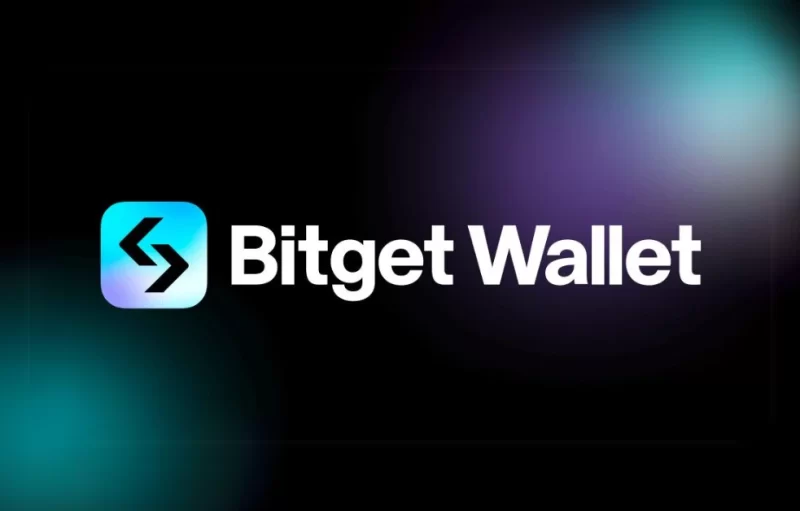
Photo by Shubham’s Web3 on Unsplash
Consensus mechanisms might not be the most exciting part of Web3 and what it can do, but they are certainly one of the foundational technologies that make decentralization possible. Without an automated, predetermined set of rules that ensures order and stability, the entire idea of a “leaderless” organization withers away. This unshakable trust that a consensus mechanism creates is why people are willing to place billions of dollars worth of crypto into the hands of a piece of software.
It’s not absolutely necessary to know what mechanism your Web3’s underlying chain uses, and you don’t have to know the technical details of how it works. That said, it can help you to gain a clear understanding of the chain, how it works, and some of the core principles that govern its usage. As Web3 evolves, people discover new use cases and create entire communities around them. In order to make the chain ecosystem as effective as possible, there are new consensus mechanisms being developed to match the core functions of a chain. By examining what emerging consensus mechanisms are being tested and launched, we can get an idea of these new use cases and paint a clearer picture of Web3’s near future. Let’s dive into a few of the more unique methods being developed and used today, and what implications this has for how Web3 is evolving.
The Basics: Proof of Work, Proof of Stake
Before looking at the newer consensus iterations, it is important to review the two most established and prevalent methods to understand their key strengths and weaknesses. The first widely used consensus method is Proof of Work (PoW), where the nodes of the network “mine” for the chance at rewards from the network. The blockchain will send out a complex problem, and the various nodes will work to be the first to solve it so they can create the next block and gain token rewards. This method is highly secure, but consumes massive amounts of computing power by those trying to solve each new equation provided by the chain. Despite its secure process, this method has gained increasing criticism for the amount of capital required for miners as they build mining farms of high-performance computers, along with the money for electricity and the massive carbon footprint created. The method is also slower than many methods, limiting scalability for major Web3 ecosystems. The most famous example of PoW is Bitcoin.
Proof of Stake (PoS) is a widely-used consensus method that eliminates the need for mining. Those wanting to gain rewards for validation have to lock up tokens from the chain, indicating a firm commitment to the chain and by default aligning their own staked interest with the success of the blockchain. If the chain gains in popularity, the value of the token increases and the person staking increases their investment. While different chains have slight variations on the Proof of Stake methodology, the core elements are the same. Those wanting to become nodes have to stake a minimum amount, and the amount of tokens staked determines the probability that you will be chosen to validate the next block and earn the reward for doing so. This method is much more scalable than Proof of Work, but can also fall prey to certain attacks from those willing to stake massive amounts in order to increase the odds they will get to create the next block. This risk increases with a variation of PoS called Delegated Proof of Stake, where subgroups can pool together stakes to be selected for block creation. That said, PoS is used by major chains such as Ethereum, Tezos, and Cardano.
Proof of Authority
Proof of Authority (PoA) is an interesting twist on PoS. One potential issue with PoS is uncertainty as to who is staking in order to be selected for block creation. There is a lower cost to going against the good of the chain, with only the staked tokens being at risk. Usually, this is enough to deter deliberately harmful actions, but not always. With PoA, those wanting to become validators still have to stake something valuable, but in this case, it is not monetary value, but rather reputation. Those wanting to become validators have to make themselves known, and a group of decision makers within the chain must verify and validate that the individual’s reputation is to be trusted and the chain can be comfortable with them in a position of that kind of power. While this has a strong intended effect of having trustworthy validators who stand to lose their reputation should they behave poorly, it also creates several issues. First, privacy is a valued attribute of the Web3 community, and this consensus method eliminates that for those who want to become validators. Second, the subgroup that judges the reputations and decides who is worthy of becoming a validator must create some level of centralization. There are some workarounds that prevent full centralization, but it moves away from pure decentralization. This type of method can still work well in a private organization, however. Chains such as VeChain and certain private organizations use PoA.
Proof of Delivery
Proof of Delivery (PoD) is a unique consensus method designed to solve a specific problem. The Fleek Network created the PoD method because a key part of the network is P2P sharing. A key element of a P2P network is ensuring that the two parties exchanging information do so fairly, without giving either party an advantage over the other. In order to do this, the PoD mechanism was created to use secret symmetric encryption keys and specific exchange of information in order to ensure the Proof of Delivery without having to rely on a trusted third party to facilitate. If the protocol used a third party it would create issues with potential corruption, and would eliminate the ability to scale quickly. By using cryptographic protocols instead, the PoD consensus can scale, provide automated and objective facilitation between parties, and can boost the effectiveness of P2P networks. Even in the case of a dispute, the protocol uses a technique called Shamir’s Secret Sharing algorithm to provide key information to an arbiter committee in order to settle disputes without the parties having to pass along sensitive information. While Fleek is the only Web3 platform currently using PoD, having a consensus method created to target a high-value problem is a key example of Web3 innovating in order to enable more complex use cases.
What’s Next?
While consensus methods such as Proof of Work and Proof of Stake are still highly regarded, there are new methods being developed to optimize key use cases. For private chains such as a company might use internally, Proof of Authority is a solid way to streamline and scale while using a non-monetary way to stake as a validator. Proof of Delivery is an ideal mechanism for enabling P2P networks to operate fairly without the need for a central authority. Over the next several years, there will no doubt be many other consensus methods developed to support the growing use cases created for Web3.
The post appeared first on Coinpedia






